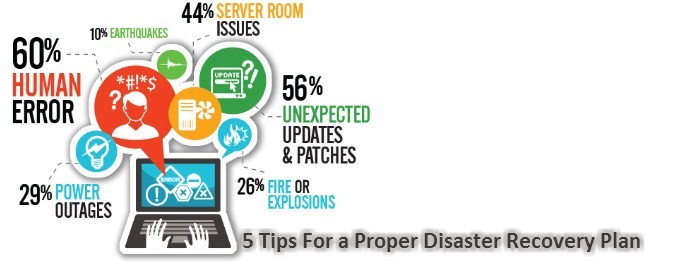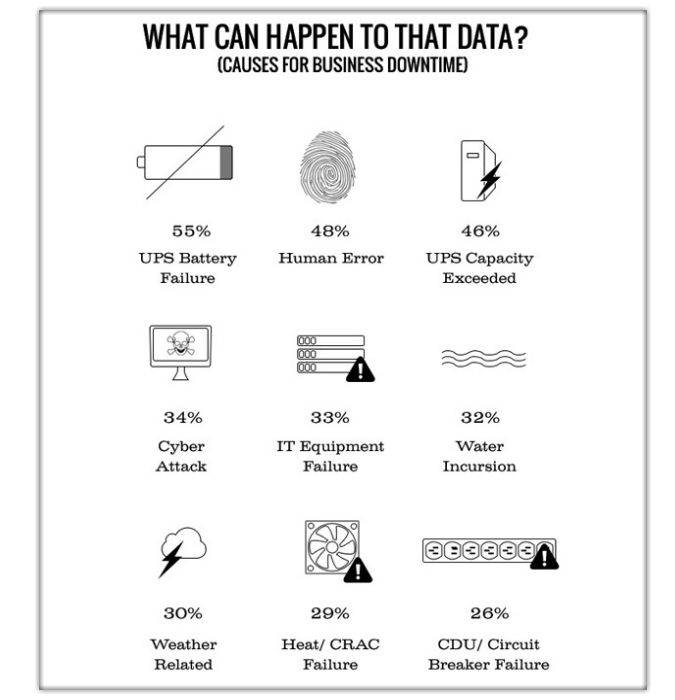5 Tips For a Proper Disaster Recovery Plan
 The Disaster Recovery represents the set of technological measures that promote the recovery of data in times of emergency; thanks to a good disaster recovery plan that are able to ensure the protection of IT resources.
The Disaster Recovery represents the set of technological measures that promote the recovery of data in times of emergency; thanks to a good disaster recovery plan that are able to ensure the protection of IT resources.
The moments of inactivity can be harmful without proper recovery plan. According to some studies, only 6% of companies lacking a plan of this kind will be able to maintain a certain balance and survive long-term. Without an adequate system of protection the consequences can be very unpleasant.
There are several causes that lead to data loss (UPS system failure, cyber attacks, IT equipment failure, human error), and many cannot be avoided.

In order to always ensure the maximum protection of your work and data, as well as the continuity of service for your online business, the company should implement a disaster recovery plan by making a risk analysis and by implementing specific solutions to manage any uncomfortable situation. In particular, we have identified five measures:
- Test the Disaster Recovery plan several times a year. Each plan should in fact be tested at least twice a year so as to ensure proper operation or failure. The advice is to hypothesize and simulate several episodes of emergency.
- Adopt a customized Disaster Recovery Plan. Each plan must be designed, conceived and designed in detail. Must comply with the requirements and compliance company.
- Give priority to the exclusive data. One of the most common mistakes is to equate all types of data. It must make a selection and understand what data is actually important and which can be neglected as unnecessary.
- Set the Recovery Point Objective and Recovery Time Objective according to the needs. When you are structuring the plan, must analyze the situation and set targets: for example, to establish a measure of the maximum amount of data that the system can lose and set the maximum length needed to restore the situation.
- Consider the entire company. Inside the Disaster Recovery Plan must keep in mind the whole company and not just a specific section or department. The error or failure may in fact affect all sectors and should be considered all the relevant impacts.
Considering these aspects becomes appropriate for the company that wants to implement a Disaster Recovery Service plan, contact our Sales Team for highly customizable Cloud Hosting DR solutions that can respond to different levels of criticality of the business.
Resources:
- https://www.esds.co.in/disaster-recovery-hosting.php
- https://www.esds.co.in/enlight-cloud-hosting.php
- https://www.esds.co.in/dc-infrastructure.php
- How Cloud Computing Is Changing The Labor Market - March 25, 2015
- Adopting Infrastructure as a Service Can be a Good Deal - March 17, 2015
- Will Virtualize? Take These Six Points Into Consideration - March 12, 2015